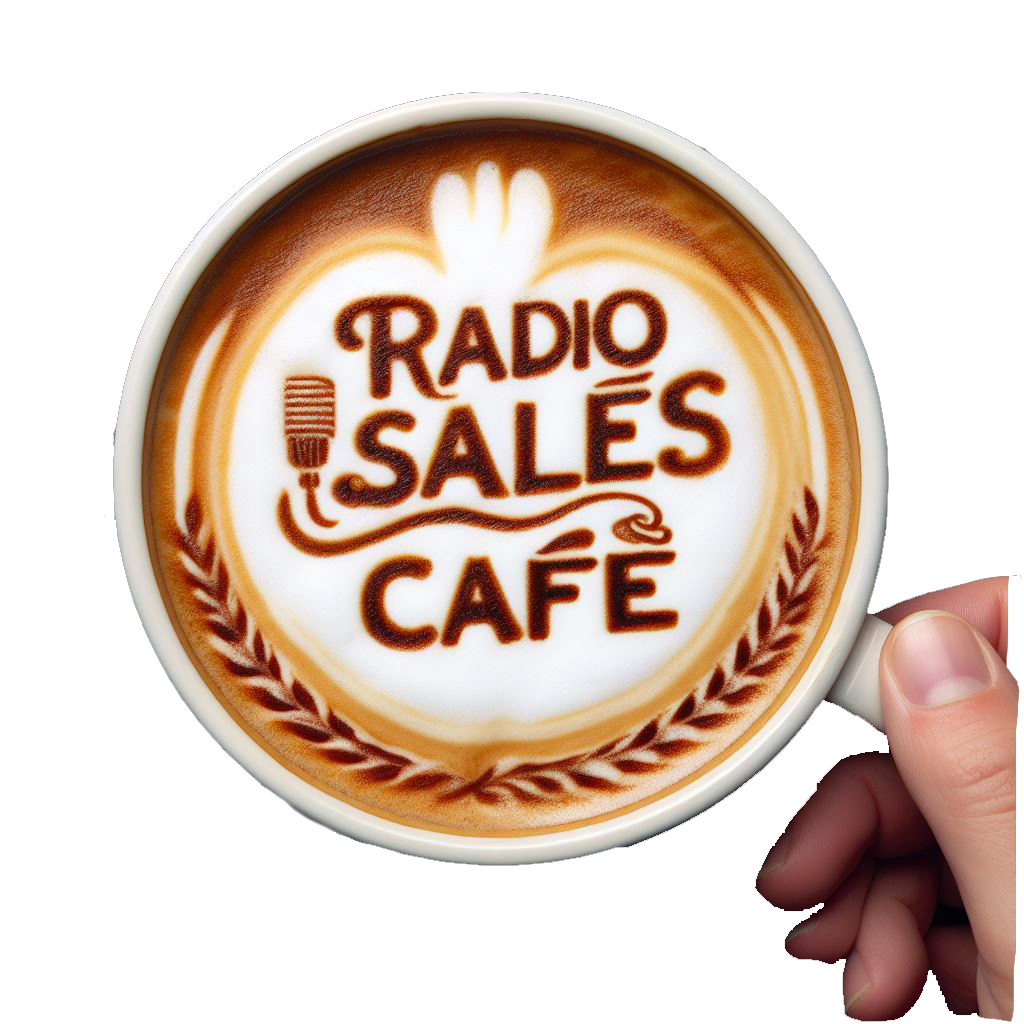Companies that manufacture mattresses, like Serta and Sealy, do rely on television spots, as do a few retailers with large ad budgets, like Sleepy's. But many mattress sellers avoid major TV ad buys. The retail mattress business is usually local or regional, and radio is a regional medium. Plus, mattresses are big-ticket items, and the average consumer buys one every seven years. The conventional wisdom among marketing strategists is that constant exposure to the brand is important for products with long buying cycles, like mattresses, cars, and furniture. Since the company gets only a few chances to make the sale over the course of a consumer’s life, and those opportunities come at unpredictable times, it’s important that customers have the name of the advertiser burned into their brains. Radio is a cheap way to get in a consumer’s head and stay there with a catchy jingle. Teaching a consumer to associate a product with a specific company is especially useful for mattress sellers, whose warehouse-style stores are sometimes in remote locations where few customers would naturally encounter them.

